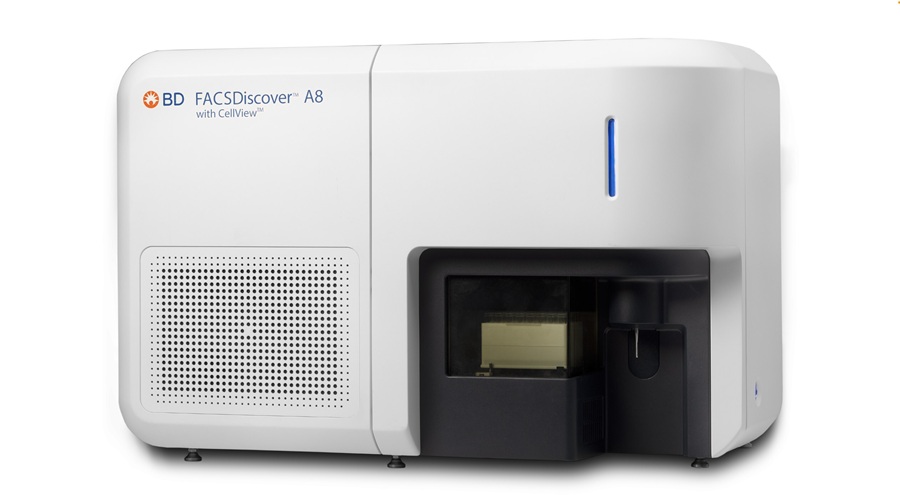Fewer Regulatory Barriers in Europe Benefit Companion Diagnostics Sector
By LabMedica International staff writers
Posted on 01 Jul 2014
The growth in personalized medicine has led to increased interest in companion diagnostics (CDx) tests or tests that match the right therapy to the patient.Posted on 01 Jul 2014
Over the past few years, market participants have been entering pharmaceutical and diagnostic partnerships in order to develop and commercialize CDx tests for drugs that already exist in the market. Currently, the oncology segment is the main focus in the CDx market, but it is envisioned that non-oncology segments—such as central nervous system, infectious disease, and cardiovascular conditions—will receive a great deal of attention in the years to come.
A new analysis from Frost & Sullivan (London, United Kingdom) finds that the CDx market earned revenues of USD 457 million in 2013 and estimates this to reach USD 1,295.1 million in 2018, at a compound annual growth rate of 23.2 %. The study covers the oncology areas such as breast cancer, colorectal cancer, and lung cancer panel segments and non-oncology areas such as infectious, CNS, and cardio vascular diseases for Western Europe, including the United Kingdom, Germany, Italy, France, Spain, Benelux, and Scandinavia.
Frost & Sullivan Healthcare senior industry analyst Divyaa Ravishankar commented, “Limited regulatory barriers for drug and diagnostic combination products, which the current in vitro diagnostic directive classifies under the low-risk category, are easing market access. As nearly all diagnostic tests in Europe belong to the low risk category, they are exempt from pre-market evaluation. As a result, manufacturers tend to self-assess conformity, self-certify CDx products, and CE mark them before sale in the European market. This laid-back process has resulted in a higher rate of approval of new CDx tests and products.”
Intense competition from laboratory-developed test (LDT) manufacturers—who offer tests through reference laboratories across Europe and the rest of the world—is hampering market growth. The entry of foreign LDT companies into the market through partnership with local companies, as well as the inclination of companies across Western Europe to promote the use of LDT over manufactured and approved CDx tests, are exacerbating the situation.
The variation in reimbursement policies across Western Europe is creating an unpredictable environment, adversely affecting the uptake of new CDx test technologies. Along with the lack of a robust coverage and payment process, this is denting the prospects of CDx manufacturers in the region.
Related Links:
Frost & Sullivan













